After recent opinions from the Seventh Circuit (Gadelhak) and Eleventh Circuit (Glasser), a narrow interpretation of automatic telephone dialing system (ATDS) seemed to be gaining traction. Both held that a system is not an ATDS unless it can: (a) store telephone numbers using a random or sequential number generator; or (b) produce telephone numbers using a random or sequential number generator. The narrow interpretations were welcome departures from the Ninth Circuit opinion in Marks, which held that a system is an ATDS if it can automatically dial telephone numbers from a stored list.
This week, in Duran v. La Boom Disco, Inc., the Second Circuit delivered a significant setback and further muddied the water on what qualifies as an ATDS. First, the court followed the Ninth Circuit’s interpretation that autodialing from a stored list is enough to trigger the TCPA’s ATDS restrictions. Not great — particularly for defendants dealing with claims or lawsuits in the Second Circuit — but not unprecedented either. Second, and far more perplexing, is the court’s discussion on what type of human intervention in the dialing process is enough for a system to avoid an ATDS classification.
The case involves text messages sent using the EZ-Texting and ExpressText programs. Although the platforms allowed La Boom Disco (LBD) to send hundreds of texts at the same time, it argued that neither qualified as an ATDS because both require a human to upload the message to be sent, determine the time at which the message gets sent, and manually initiate the texts by clicking a “Send” button. According to LBD, the district court correctly concluded that the platforms are not ATDSs because a human determines when to send the messages. The Second Circuit disagreed.
Despite a plethora of favorable court rulings on text platforms, it’s not entirely surprising that the Second Circuit found a blast text platform to be an ATDS. We’ve long cautioned businesses to take a conservative approach with such platforms. The court’s discussion and rationale are, however, problematic. For example, it noted that clicking a Send button is not the same as dialing a number. The user “may be instructing the system to dial the numbers, but he is not actually dialing the numbers himself. His activity is one step removed.” The court likened this to clicking an “on” switch for an autodialing phone system—something several courts already found insufficient human intervention to avoid an ATDS classification.
This, of course, begs the question “What about smartphones or other systems with click-to-dial or speed dial functionality?” After all, if clicking a Send button is one step removed from the dialing process, then such systems may be ATDSs also. The court attempts to address this by distinguishing smartphones (in a footnote) on grounds that a user must first select the contact and then click the Send/Call button to initiate a text/call. This provides little comfort. What about responding to group texts? What about systems that pull records for an agent to manually call or text one a time? What about systems that utilize “clicker agents” to make calls for other agents to handle by continually clicking a bullseye or similar button?
Although we think it best to view the opinion as a limited indictment of blast texting platforms, the court’s attempt to clarify the human intervention standard creates unnecessary confusion about other phone systems and text platforms. If history is any indication, the plaintiff’s bar will use this confusion to attack systems that fall outside even the Ninth Circuit’s broad interpretation of ATDS. It further illustrates the need for the Supreme Court to resolve the growing Circuit split on this critical issue. In the meantime, businesses should reassess their risk profiles considering this new court opinion.
Nick is a Partner at M&S where he leads the firm’s Compliance practice areas. He brings more than a decade of experience helping clients understand and comply with federal and state privacy, advertising, and telemarketing laws and regulations.



